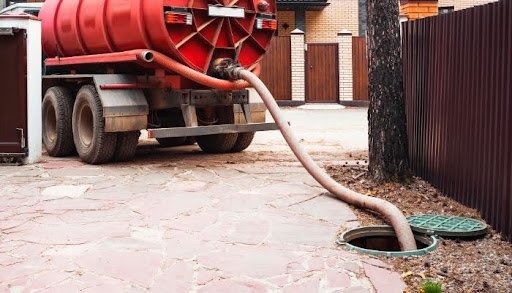Call us on 0721155332 for
- Septic tank pumping
- Septic tank cleaning
- Septic system maintenance
- Waste tank evacuation
- Septic tank draining
- Sewage tank servicing
- Septic tank desludging
- Sewage removal
- Tank waste removal
- Septic system emptying

The process of clearing the sludge or solid waste that builds up at a septic tank’s bottom over time is known as septic tank desludging. While the liquid waste leaves the tank and travels through the drain field, sludge accumulates and needs to be periodically removed in order to keep the system operating as intended. Desludging usually entails:
removing the collected solids by pumping.
ensuring that there are no clogs by not overloading the tank.
preserving the general health of the septic system.
Frequent desludging aids in avoiding backups, overflows, and expensive system damage. Recommendations range from every three to five years, based on home usage and tank size.
Human sewage consists of a mixture of various components, including solid and liquid waste materials generated from domestic and industrial sources. The main components of human sewage are:
- Organic Matter
- Feces and urine: Human waste products, which contain organic compounds such as proteins, carbohydrates, fats, and undigested food.
- Food scraps: Leftover particles from kitchen waste that may enter through drains.
- Water
- The majority of sewage is water, which serves as a medium to carry waste material. Domestic wastewater includes water from sinks, showers, toilets, and washing machines.
- Pathogens
- Bacteria: Such as E. coli and Salmonella.
- Viruses: Like Hepatitis A, Norovirus, etc.
- Parasites: Protozoa or worms that may be present in fecal matter.
- Nutrients
- Nitrogen compounds: Including ammonia, nitrate, and urea from urine.
- Phosphorus compounds: From human waste, detergents, and other cleaning agents.
- Suspended Solids
- Small particles that do not dissolve in water, such as undigested food, paper, and other debris.
- Chemicals
- Detergents and soaps: From laundry, dishwashing, and bathing.
- Pharmaceuticals: Residues from medicines flushed down the toilet or excreted in urine.
- Cleaning agents: Like bleach, disinfectants, and other household chemicals.
- Personal care products: Such as shampoos, lotions, and toothpaste.
- Fats, Oils, and Grease (FOG)
- From cooking and food preparation that can accumulate in the sewage system, contributing to blockages.
- Heavy Metals
- Small traces of metals like mercury, lead, and copper can enter the sewage system from industrial discharge, plumbing materials, or household products.
- Gases
- Produced as a result of anaerobic decomposition (e.g., methane, hydrogen sulfide) from organic waste breaking down in the absence of oxygen.
- Inorganic Matter
- Sand, grit, and debris: Things that might be disposed of incorrectly, like plastics, diapers, and other non-biodegradable materials.
Before treated water is recycled or released into the environment, it must first undergo proper sewage treatment to remove contaminants and dangerous compounds.